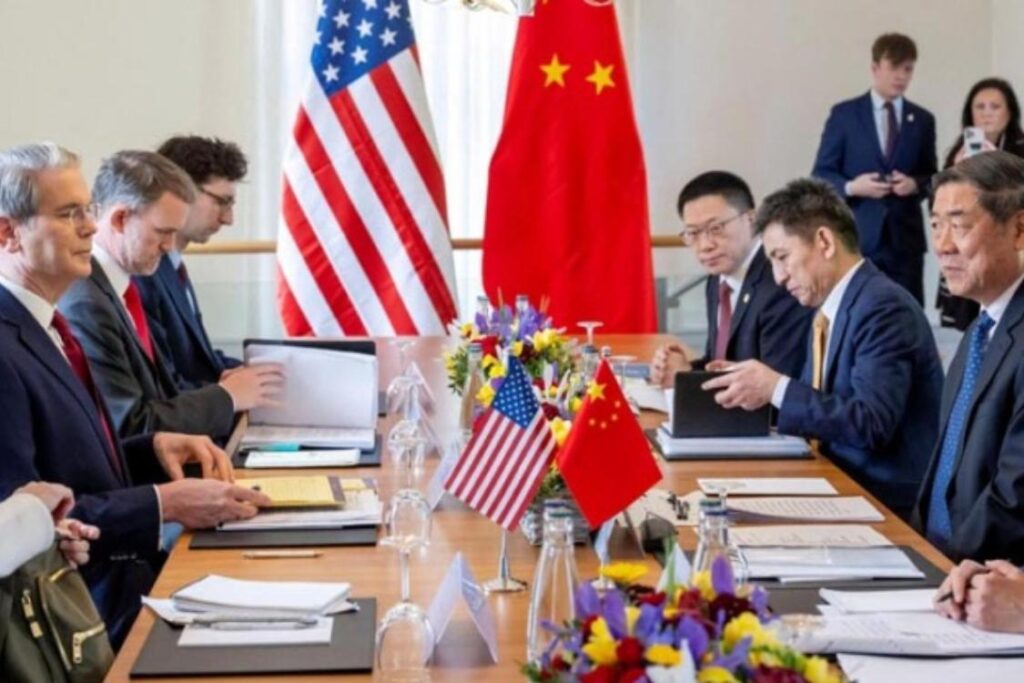
The United States and China have agreed to extend their trade truce until November 10, narrowly avoiding a sharp escalation in tariffs that was set to take effect within hours.
In a joint statement, the world’s two largest economies said triple-digit duties announced earlier this year will remain suspended for another 90 days, allowing more time for negotiations on trade imbalances, market access, and national security concerns.
The move comes after weeks of uncertainty. Talks last month were described as “constructive” by both sides, but US President Donald Trump had held off on formally approving the extension until signing an executive order on Monday.
Under the agreement, Washington will maintain its current 30% tariff on Chinese imports, delaying a planned increase to 145%, while Beijing will continue to impose a 10% tariff on American goods instead of raising it to 125%.
The White House said the pause would give negotiators space to address “unfair trade practices” and “remedy” a nearly $300 billion US trade deficit with China in 2024, the largest with any trading partner. China, for its part, urged the US to lift “unreasonable” restrictions and help stabilize global semiconductor supply chains.
Tensions between the two nations surged in April when Trump unveiled sweeping new tariffs on multiple countries, with China facing some of the steepest rates. Beijing retaliated in kind, triggering a tit-for-tat escalation that brought trade to a near standstill.
A partial truce in May eased some of those measures, but tariffs still stand well above pre-2024 levels. In addition to tariff disputes, talks have also touched on rare earth exports, China’s purchases of Russian oil, and US restrictions on advanced technology sales.
Recently, the Trump administration relaxed some chip export curbs, allowing firms like AMD and Nvidia to resume certain sales to Chinese companies in exchange for sharing 15% of their revenues with the US government.
The US is also pressing for TikTok’s spin-off from Chinese owner ByteDance, a move strongly opposed by Beijing.
Even with the truce, trade volumes have been hit hard. US government data shows imports of Chinese goods in June were nearly half of what they were a year earlier. Over the first six months of 2025, US imports from China fell 15% year-on-year to $165 billion, while American exports to China dropped by about 20%.
Officials on both sides say the next three months will be critical for finding lasting solutions before the new deadline, and before another potential tariff clash.